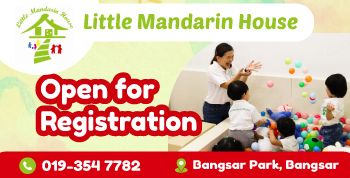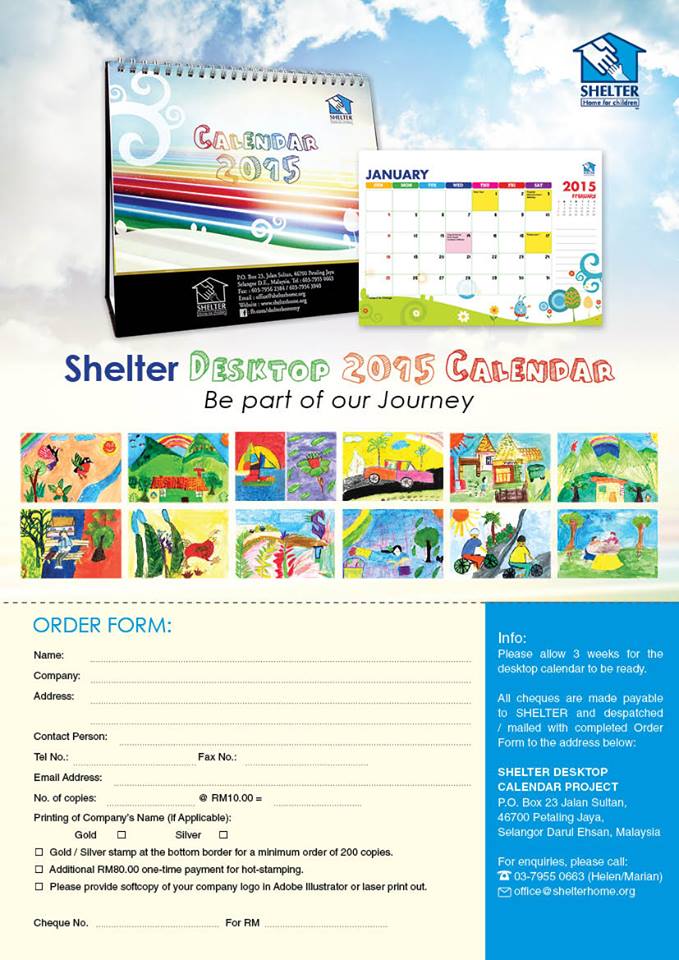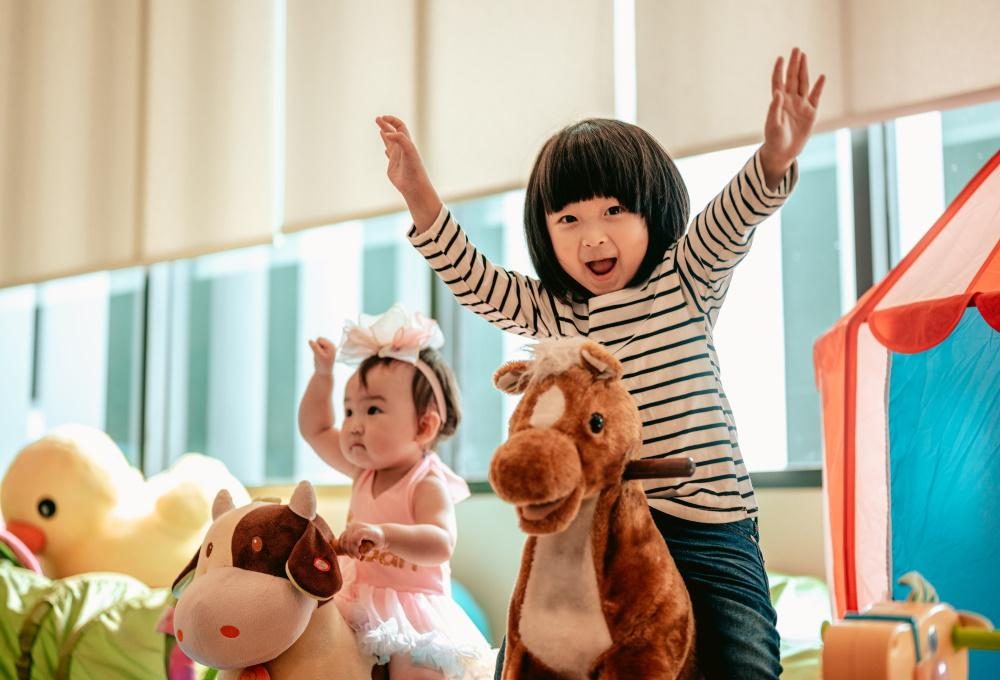Interview – Shelter, Home for Children
by on 02/08/2025 ...
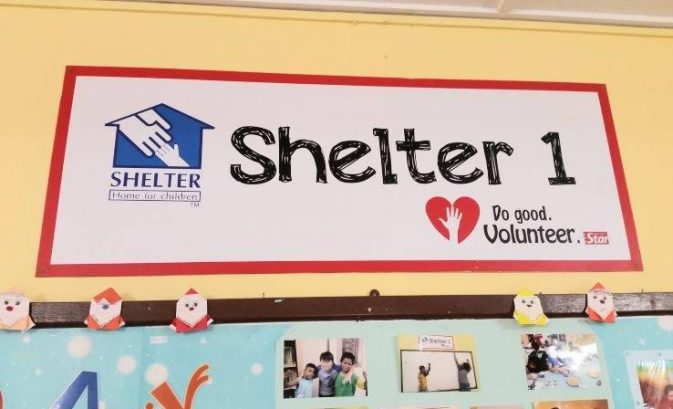
Can you give us a brief history on Shelter?
Shelter was started some 30 years ago by a man called James Nayagam and his 6 other friends who had the noble intentions of helping abused and neglected children. When they started, they opened a place to teach children basic subjects, something like a tuition class, because many of these children weren’t able to get a decent education, many due to financial reasons. Along the line, they have come together to establish a children’s home that house underprivileged children.
So what started as a goodwill gesture of these 7 friends has now become a charity organisation that rescue, help and protect abused and neglected children.
We house abused children who are physically, mentally or sexually abused and children who are neglected. Neglected here means they’re staying with a family, but they do not go to school or their other needs are not met. We also rescue abandon children whose families have left them to survive on their own on the streets. Another category of children that we house and protect is at-risk children.
At-risk children are children who are living in a dangerous environment. For example, if there are children who are living in an area where the crime rate is high, or there are many drug addicts or gang members in the area, or even living in a house where there is an abusive mother or an alcoholic father, we will extract these children and keep them safe here in our homes. At-risk children are children whose lives are in danger and we try our best to protect these children.
Other than that, Shelter also does community service where we have our people who go out to poverty-stricken areas and help really poor families. Most of these families do not enough food to eat so we bring them provisions so they’re able to have proper meals.
How do you identify children of these cases?
We have a lot of help from the public where they will report to us about children who are abandoned, or abused or neglected and we will use our resources to rescue these children. We work very closely with many different organisations and different people so we’re able to reach out the children in need.
The first one that we work closely with is JKM, or as you know, the Jabatan Kebajikan Masyarakat Malaysia (Department of Social Welfare). Most of the times, whenever someone reports or brings a child to JKM, they will contact us and we will work with them in finding for means to house and protect the child or children.
We also get calls from the police or hospital when they receive cases of abused, neglected and/or abandoned children. We will do the investigation to help the children.
I see. How often do you get reports of this kind of cases?
Well, in terms of official reports such as from JKM, the police or hospital, I wouldn’t say we have a very high number of those. But what we often get is parents, family members or legal guardians of children who come to us and tell us that they have children whom they can’t support and therefore need a place to house their children. We also have this group of people coming to us to inform that they know a child of another family member who is neglected because the parents are not looking after them, or abusing them and etc.
So we have more of this and we call them admission cases. These parents, family members or legal guardians can send the children here to be taken care of. We usually have a lot of children who are abused and neglected being admitted into our homes.
I understand from your website that you also help refugee children. Can you elaborate more on that?
There are three main areas of work Shelter does.
One, is where we are now, which is the home for children. We currently have three shelter homes, called Shelter 1, Shelter 2 and Shelter 3. Shelter 1 takes care of children who are between the ages of 4 -12 years old. Once they turn 13 years old, they will be sent to shelter home for teenagers, which is Shelter 2 for teenage girls and Shelter 3 for teenage boys. They will live here until they’re 18 years old.
The other thing that we do is we look after refugee children.
Refugee children are children who come to Malaysia with their families because they’re running away from the political turmoil in their country. They come to our country under the jurisdiction of United Nation High Commissioner While they’re here to be resettled into their country, we provide them education because it can take years before they’re able to return.
Because it’s can be very costly to have and maintain a shelter home for these refugee children, we do the best we can to help them by giving them education. Because these children are usually from very poor country, they’re not able to speak English or do not have any basics in education.
So, when we learn about refugee families, we will get in touch with them and put the children in a school. I say school because it’s a place for them to learn, but what we have are really makeshift schools in shop lots or any premises for rent and use it as a centre for these refugee children to learn. This way, they get to get to have at least the basic education in reading, writing and arithmetic while they’re in our country. That’s the best we can do because in total we have about 450 refugee children so having a shelter home will be a very huge project that we can’t yet afford.
As of now, how many children do you house in the three homes you manage?
For Shelter 1, we have 21 children, there are 12 teenage girls in Shelter and we have 13 teenage boys in Shelter 3.
Having to maintain these schools and also three homes, how much is expenses on average?
The expenses for the whole company in terms of every aspect of work are on average RM90000. Besides private donations and collections from fundraising events, we get a small grant from the Government.
Other these that you have mentioned, how often do you get help from the public?
We work very hard actually to get as much funds as we can and we often do fundraising events to get the public involved. And we also have charity outdoor events such as climbing Mount Kinabalu for charity. We get interested volunteers to climb the mountain for us and the proceeds they manage to collect will be donated to us.
Having been in this field for over 30 years, Shelter has a pool of clienteles where we write to often through our newsletters when there is an event so we can get their support or sponsor. Then we also get support and exposure from organisations and companies such as yours when there are CSR events or projects by these parties.
Talking about the children that you house, what’s a normal day for them? I mean, what are their daily activities?
Our kids wake up early to go to school since there is a bus that picks them up. When they’re home around 1pm or 2pm. If there is no event on that day, then they will have their own time and they will usually spend it by playing with other children in the house. If there are volunteers who drop by, then the children will spend time with these volunteers.
For example, there is a tae kwan do instructor who comes and teach our children this martial arts. So the children will have different sort of activities here, but other than that, it is still very much like a normal day in other children’s life.
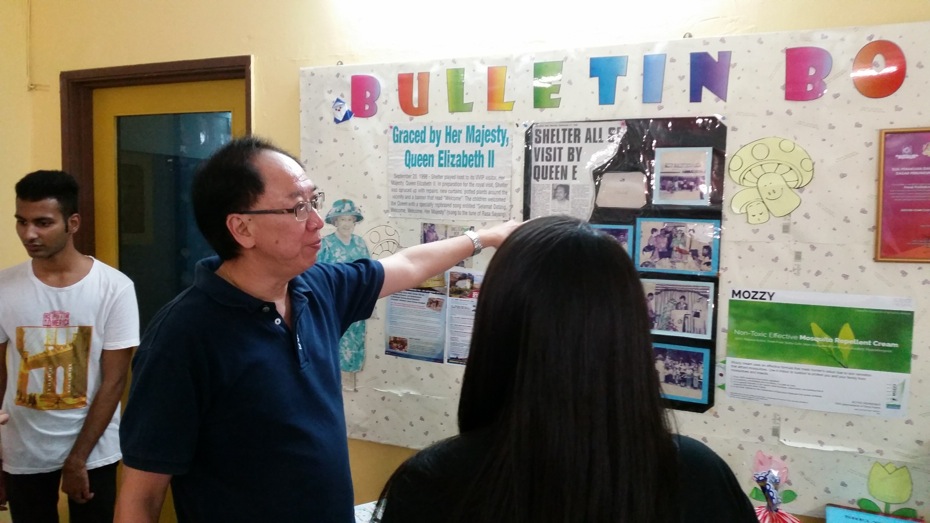
Do you work with professionals such as psychologists?
Yes, of course. We used to have an in-house psychologist, but the psychologist is now practicing elsewhere so it’s a little challenging to find a replacement since we don’t pay our psychologist, being a charity organisation. What we do now is we send our children who need medical expertise to centres that are willing to help.
Other than financial aid, what other ways do you wish for the public to help organisations such as yours?
What the children really need is people’s help. It would be absolutely wonderful for the children to have volunteers coming to the home and impart knowledge or skills that the children can use.
We do get many volunteers here at our homes, but the only thing about volunteers is that they come and go. So it can be quite challenging to have a steady or permanent volunteer who can continue to support Shelter.
What happens to children who have reached the age of 18 years old since you say that’s the maximum age you can house them?
They will leave the home and try to find ways to survive on their own.
However, this is not always easy since some of these children are either traumatized by what has happened or what was done to them, and some of these children are not able to distinguish what is right or wrong. Meaning to say that, we might have a child that we rescued and house here for a long time and when they’re 18, they leave the home, but they might go back to the perpetrator, thinking that’s where they’re safe.
So what we do is, we determine whether the person has the capability to study. If he or she can, then we will find sponsors to help him or her to further the studies. We will still continue to monitor them until they get more and more independent. In the event where the person is not able to study, then we will find vocational schools for them to learn skills that can help them make a living.
We usually face difficulties when the person is not able to work or study due to no documentations. Some of these children who come and stay with us don’t even have birth certificates or any form of identification and even though we take care of them, we’re not legally allowed to help them get registered.
Can anyone who is willing to help come to Shelter and adopt the children?
Yes, it is possible. There are two ways of adopting a child from our home.
One is through adoption, where you have to do all the necessary arrangements for paperwork like going to the court and get legal adoption paper. With that, we will release the child to you.
For children who still have parents, you are not allowed to adopt them. Despite being abused and the children are not staying with the parents, it’s not legal to adopt this group of children. But it is legal to foster them.
Foster means there is no legal consideration. You can take a child and have him or her stay with you, but if the child’s parents come to claim the child back and the child agrees, then you will have to surrender the child back.
I understand this is already a very challenging thing to do in itself, but what are you main challenges in this line of work?
To be honest, my main challenge in this line of work is actually employees.
Not only we pay our staffs a very low amount compared to the market, we don’t usually get young people who are interested to work with charity organisations. It’s hard for us to get young people who are passionate about helping underprivileged people and don’t mind getting a small salary.
We’re lucky if we have employees who are willing to stay committed at the job for a long time, but if one employee leaves, it’s very difficult for us to find a replacement.

What is the most rewarding part of doing what you do?
For me, it’s the joy of being able to see our children make it on their own in the world. It makes me proud to know that they can survive and make a living without regressing to the life that they once experienced.
Thank you very much for your time. It’s been a pleasure talking to you.
You’re welcome and thank you also for the opportunity.
—————————————————————————————————————
f you’re wondering how you can help them, here’s one way that you can do today!
Shelter is having a fund-raising program through 2015 desktop calendar sale. Looking to raise funds required for the homes expenses, they’re looking to sell as many of these calendars as possible. The 2015 desktop calendars will feature the paintings done by the children of the home.
For only RM10, you will be doing your bit to help Shelter raise the funds. Click on the photo for more information on how you can make your order today.















